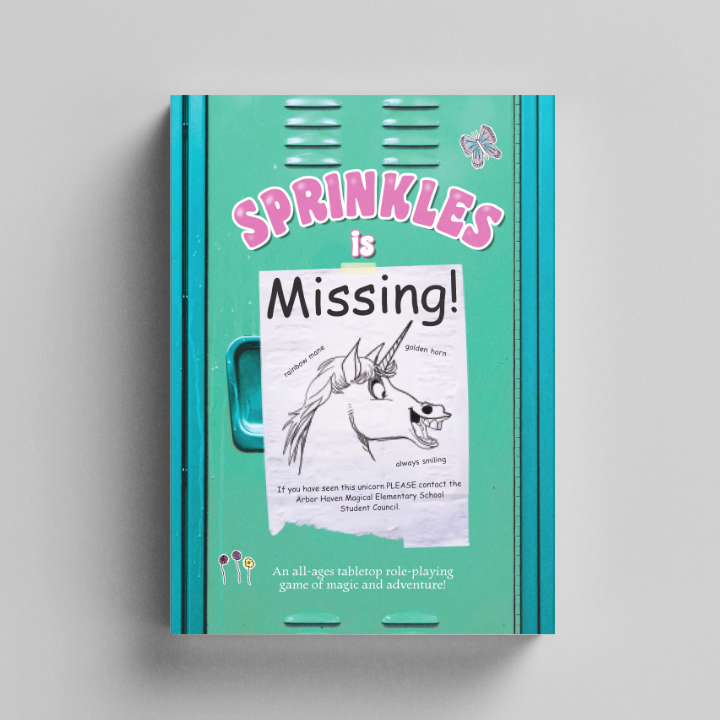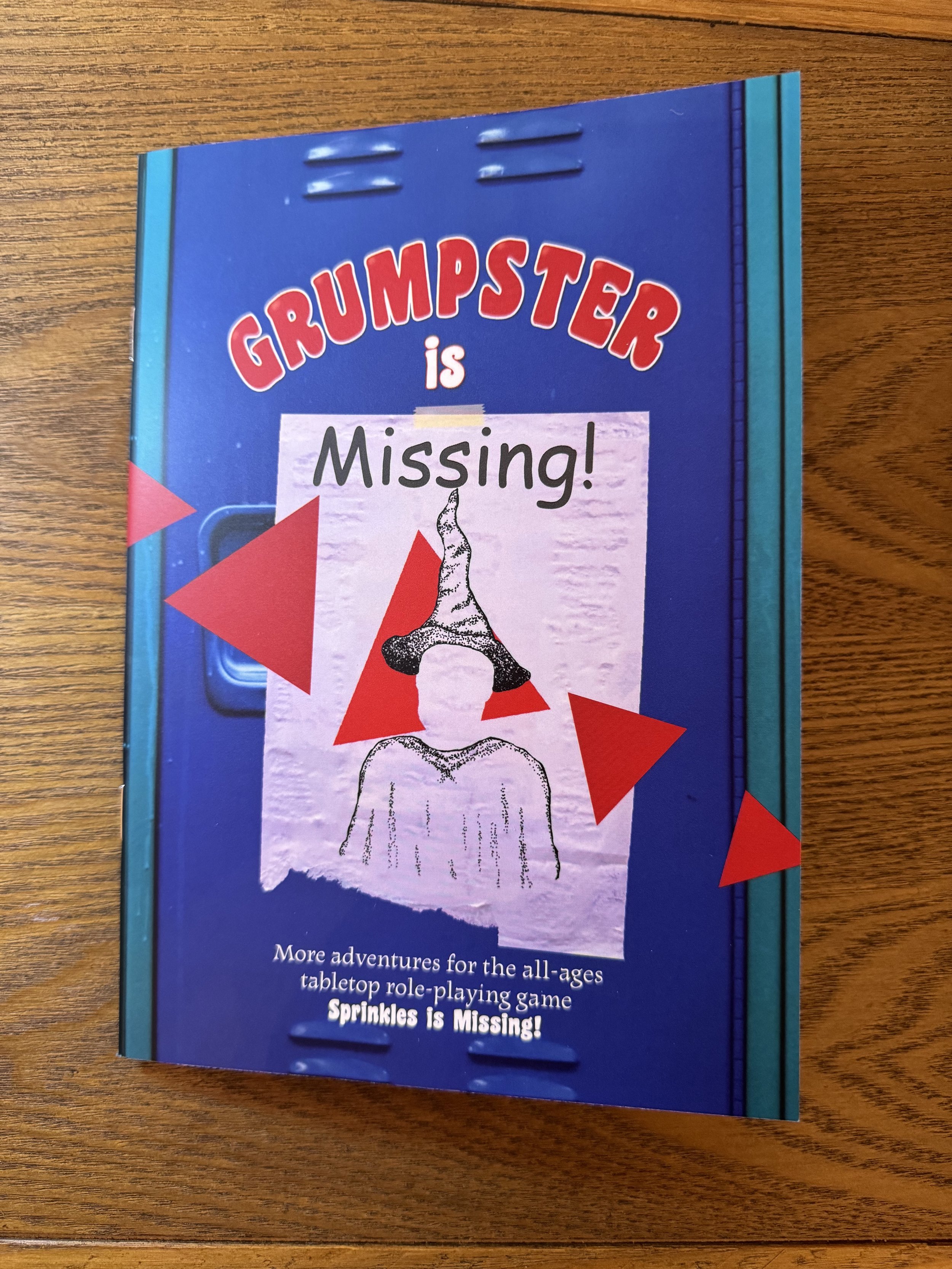 Image 1 of 4
Image 1 of 4

 Image 2 of 4
Image 2 of 4

 Image 3 of 4
Image 3 of 4

 Image 4 of 4
Image 4 of 4





In Ruins
In Ruins is a GM-less roleplaying game for 1 to 6 players. Together, players will construct a castle, let it fall into ruin, and then populate the resulting dungeon with factions competing for control of the Throne Room, the dungeon's core.
Part cooperative storytelling game and part competitive network-building game, In Ruins begins as a collaborative exercise in which the players tell the story of The Castle, the focus of the game. Using a standard deck of playing cards, players work together to build the castle, adding rooms to create the physical location in which the rest of the game will play out.
Over the ensuing centuries, the castle will fall into ruins. Rooms will be destroyed, changed, and occasionally rebuilt. In the second phase of the game, the players will tell the story of how the rooms of the castle change and degrade, and what sorts of catastrophes the castle faces over its lifetime.
The crumbling ruin of the castle is now a dungeon, and an empty dungeon is a power vacuum. All sorts of creatures will want to fill it. In the third and final phase of In Ruins, each player takes control of a different faction. Each faction has their own entrance to the castle — and their own special ability — and the players take turns claiming rooms to expand their factions' territories.
In Ruins is a GM-less roleplaying game for 1 to 6 players. Together, players will construct a castle, let it fall into ruin, and then populate the resulting dungeon with factions competing for control of the Throne Room, the dungeon's core.
Part cooperative storytelling game and part competitive network-building game, In Ruins begins as a collaborative exercise in which the players tell the story of The Castle, the focus of the game. Using a standard deck of playing cards, players work together to build the castle, adding rooms to create the physical location in which the rest of the game will play out.
Over the ensuing centuries, the castle will fall into ruins. Rooms will be destroyed, changed, and occasionally rebuilt. In the second phase of the game, the players will tell the story of how the rooms of the castle change and degrade, and what sorts of catastrophes the castle faces over its lifetime.
The crumbling ruin of the castle is now a dungeon, and an empty dungeon is a power vacuum. All sorts of creatures will want to fill it. In the third and final phase of In Ruins, each player takes control of a different faction. Each faction has their own entrance to the castle — and their own special ability — and the players take turns claiming rooms to expand their factions' territories.


